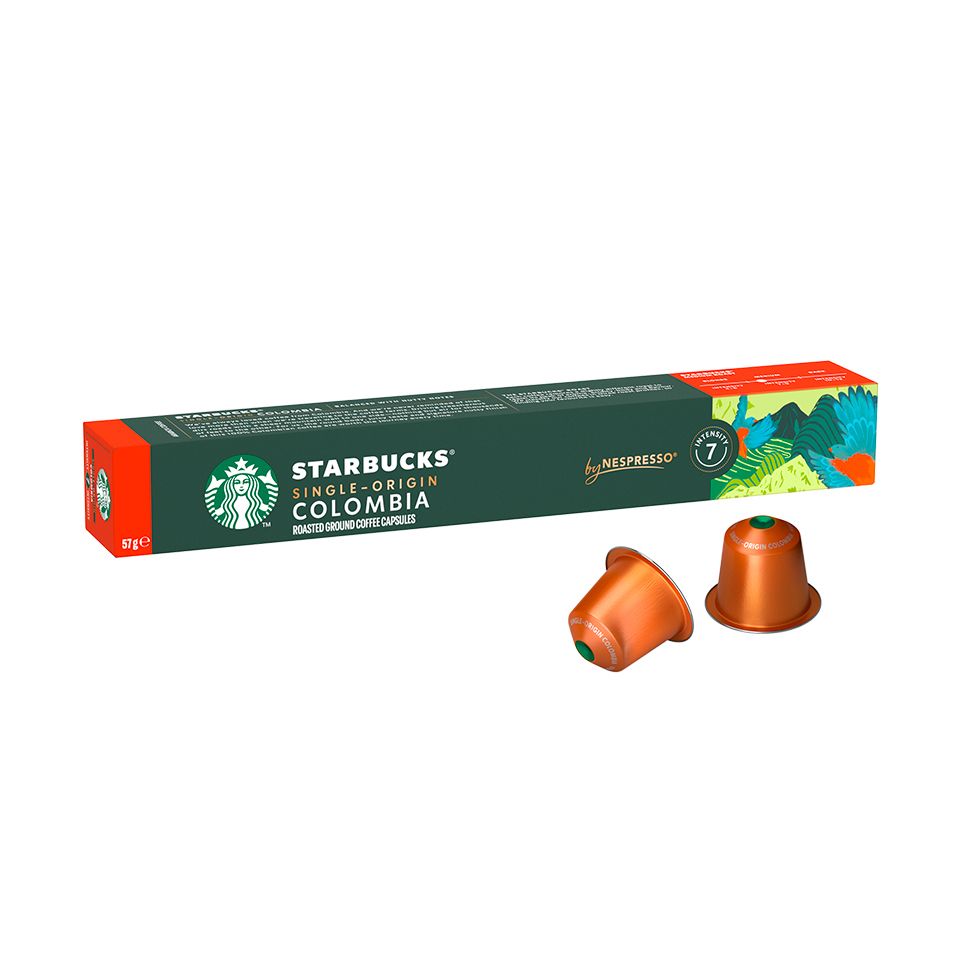Comprehending Coffee Beans: the Journey From Espresso to Blended Coffee Beans

The Origins of Coffee: A Worldwide Point Of View
While you might consider coffee as a modern-day staple, its origins map back centuries, linking with societies around the world. The story begins in Ethiopia, where tale claims a goat herder named Kaldi uncovered the invigorating impacts of coffee beans after seeing his goats frolicking vigorously after consuming them. This stimulated rate of interest, bring about coffee's spread to Arab investors that cherished the brewed beverage. By the 15th century, it got to Persia, Egypt, and Turkey, where coffee shops became social centers for conversation and culture.
As trade courses expanded, coffee made its way to Europe in the 17th century, quickly getting popularity. Each culture included its distinct spin to coffee preparation, enriching its background.
Growing and Harvesting of Coffee Beans
As coffee's journey advanced, the focus moved to the cultivation and harvesting of certain bean selections, especially those utilized for coffee. You'll locate that coffee beans typically originate from Arabica or Robusta plants, each offering distinctive tastes. The perfect expanding conditions include high elevations and abundant, well-drained soil, which enhance the beans' high quality.
Throughout the harvest, picking techniques differ. In some areas, employees hand-pick ripe cherries, making sure only the very best fruit goes to handling. In various other locations, mechanical farmers are used, especially on larger farms. When the cherries get to peak perfection for optimum taste., timing is essential; you want to collect.
When harvested, the beans are planned for handling, which is necessary in establishing their final preference. Understanding the growing and harvesting procedures offers you understanding into what enters into your preferred espresso, enriching your recognition for every cup.
Handling Techniques: From Cherry to Bean
Currently that you've found out about harvesting coffee beans, allow's explore exactly how those cherries change into the coffee beans you like. You'll see how various harvesting methods effect flavor, complied with by the vital steps of fermentation and drying. Ultimately, we'll break down the milling and grading procedure that identifies your coffee's high quality.
Collecting Strategies Described
When it comes to coffee, comprehending harvesting strategies is essential, given that they directly affect the flavor and quality of the beans you take pleasure in. There are 2 main techniques: discerning selecting and strip selecting. Discerning choosing includes hand-picking only ripe cherries, ensuring you obtain the very best top quality beans. This technique frequently causes a richer taste account, though it's even more labor-intensive. On the other hand, strip choosing methods harvesting all cherries simultaneously, no matter perfection. While it's quicker and less costly, this can result in a mix of tastes, affecting the end product. Inevitably, the option of collecting strategy can considerably influence your coffee experience, so it's worth recognizing how those beans made it to your mug.
Fermentation and Drying
After gathering, the next steps in processing coffee beans play a substantial role in forming their flavor. You'll discover that fermentation is vital, as it aids break down the mucilage bordering the beans, improving their preference profile. Depending upon the method, this procedure can last from a few hours to numerous days, with varying results based upon temperature level and moisture.
Sun-drying permits the beans to absorb flavors from the atmosphere, while mechanical drying out guarantees constant wetness levels no matter of climate. Correct drying is important to stop mold and mildew and preserve the beans' quality, inevitably affecting your cup of coffee.
Milling and Grading Process
As fermentation and drying out set the stage for taste growth, the milling and grading procedure warranties that just the best coffee beans make it to your cup. This phase includes removing the outer layers of the coffee cherry, consisting of the parchment and husk. Premium beans receive a greater quality, resulting in a richer coffee experience.
Roasting Methods: Unlocking Flavor Potential
When you roast coffee beans, the method you select can significantly influence the taste profile. Comprehending the partnership in between time, temperature level, and toasting techniques is essential to exposing the capacity of your mixture. Allow's discover exactly how these elements collaborated to create the perfect cup.
Toasting Techniques Clarified
While you could think that all coffee roasting methods produce the same results, the fact is that each method discloses special flavor capacities in the beans. You can select in between techniques like drum roasting, air roasting, or perhaps standard pan roasting. Drum roasting utilizes a turning drum to equally distribute heat, improving caramelization and producing a well balanced flavor. Air roasting, on the various other hand, distributes hot air around the beans, advertising a lighter roast with pronounced level of acidity. Pan roasting allows for hands-on control however requires consistent focus to avoid burning. Each method has its nuances, so explore various techniques can assist you find the best roast that lines up with your taste choices. Enjoy the trip of finding your ideal mug!

Effect On Taste Profile
Different roasting methods not just influence the procedure but also considerably impact the taste profile of the coffee beans. Dark roasts, on the other hand, bring out strong, smoky tastes, in some cases masking the bean's unique attributes. Recognizing these subtleties aids you appreciate the artistry behind your mug of coffee, enhancing your general experience with every sip.
Time and Temperature Level Elements
To launch the full taste anchor potential of coffee beans, both time and temperature during the toasting procedure play considerable functions. When roasting, you'll locate that greater temperatures can swiftly establish flavors, but if you rush it, you may wind up with burned notes. Conversely, lower temperature levels enable a more progressive flavor development, showcasing the beans' special features.

Timing more info here is just as crucial; prolonging the roast also long can lead to a loss of acidity and brightness, while also brief a roast could leave the beans underdeveloped. Locating that sweet spot calls for practice and experimentation. By adjusting these elements, you can expose the abundant, intricate flavors concealed within each bean, developing a genuinely exceptional coffee experience.
The Art of Mixing: Crafting Special Coffee Accounts

Start by selecting a base coffee that offers a strong structure. A bright Ethiopian bean can bring fruitiness, while a rich Brazilian coffee adds body.
As you mix, bear in mind that each mix narrates. You're not just making coffee; you're producing an experience. So, take your time, taste frequently, and appreciate the trip of uncovering your signature mix.
Developing Techniques: How Prep Work Impacts Taste
Blending coffee opens up a domain name of flavor opportunities, however just how you make that blend can substantially influence your last cup. On the other hand, a pour-over highlights the coffee's quality and illumination, ideal for showcasing fragile notes.
Espresso, with its high stress, produces a focused shot that highlights sweetness and crema. If you choose a lighter brew, take into consideration a cold brew technique; it produces a smooth, less acidic preference.
Changing variables like water temperature, grind dimension, and brew time can transform your coffee's profile. Welcome the art of brewing to uncover the flavors concealed in your coffee blends.
The Future of Coffee: Sustainability and Development
As the coffee industry develops, sustainability and technology are ending up being important for dealing with environmental challenges and conference consumer needs. You'll observe that even more coffee companies are taking on green methods, from sourcing beans morally to implementing lasting farming techniques. These shifts not just assist the world yet likewise improve the top quality of the coffee you delight in.
You might see technologies like naturally degradable packaging and water-saving brewing approaches that minimize waste. Advanced modern technology, such as blockchain, is also coming to be popular, guaranteeing transparency in the supply chain, which enables you to trace your coffee back to its beginnings.
In addition, buying local areas and supporting farmers through reasonable trade campaigns cultivates a more lasting coffee community. As you sip your following cup, bear in mind that your choices can add to a brighter future for coffee. By selecting sustainable brands, you're not just appreciating a drink; you're making a positive effect on the world.
Frequently Asked Questions
What Is the Distinction In Between Arabica and Robusta Beans?
Arabica beans are smoother, sweeter, and have a higher level of acidity, while robusta beans are more powerful, extra bitter, and consist of more caffeine. When making your coffee., you'll notice these differences in taste and scent.
Exactly How Does Elevation Affect Coffee Bean Taste?
Elevation influences coffee bean taste substantially. Higher elevations generate beans with brighter level of acidity and complex flavors, while lower altitudes typically produce beans that are larger and much less nuanced. You'll discover these distinctions in your cup!
What Are the Health Advantages of Drinking Coffee?
Drinking coffee can enhance your power, enhance psychological emphasis, and even improve physical performance. It's abundant in anti-oxidants, might lower the why not try here danger of particular conditions, and can promote a much healthier metabolic rate when eaten in moderation.
Can Coffee Beans Be Recycled for Developing?
Yes, you can reuse coffee beans for developing, however the taste may be weak. If you delight in experimenting, try reusing them in various means, like cold mixtures or including to smoothies for an added kick.
Exactly how Should I Store Coffee Beans for Freshness?
To maintain your coffee beans fresh, keep them in an impermeable container in a great, dark location. Prevent revealing them to dampness, light, or heat, as these elements can swiftly deteriorate their flavor and scent.
Understanding Coffee Beans: the Journey From Coffee to Blended Coffee Beans.
Now that you have actually learned concerning gathering coffee beans, allow's explore just how those cherries change right into the coffee beans you love.When you roast coffee beans, the technique you choose can substantially influence the taste profile - Single Origin Espresso.While you might assume that all coffee toasting approaches generate the very same outcomes, the truth is that each strategy reveals one-of-a-kind flavor possibilities in the beans.Different toasting techniques not only affect the process however likewise significantly impact the taste account of the coffee beans